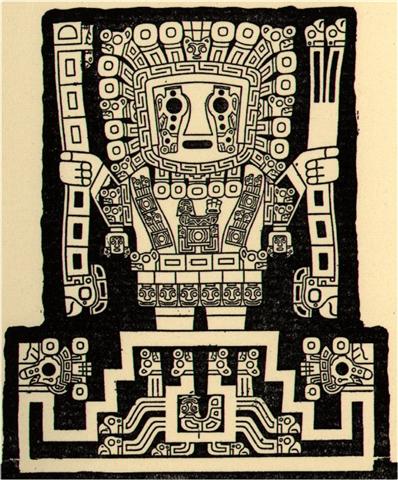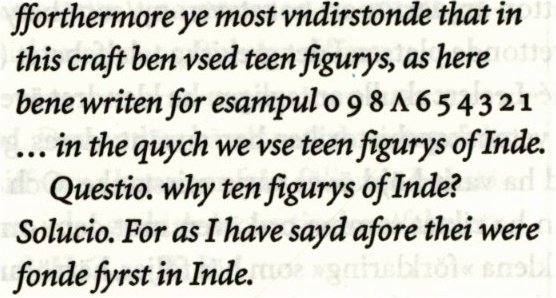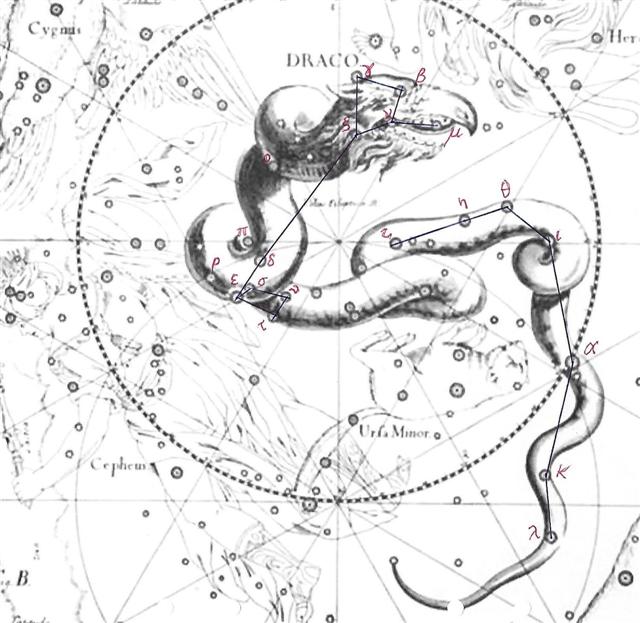The A and C texts have rutua (not rutu) at the beginning of side b (not at the end):
This distinction might possibly indicate the opposite of Mercury (Hiro) at the horizon in the west (→ death), viz. with Mercury at the horizon in the east (→ rebirth).
Viri. 1. To wind, to coil, to roll up; he viri i te hau, to wind, coil a string (to fasten something). 2. To fall from a height, rolling over, to hurl down, to fling down. Viriviri, round, spherical (said of small objects). Viviri te henua, to feel dizzy (also: mimiro te henua). Vanaga. To turn in a circle, to clew up, to groom, to twist, to dive from a height, to roll (kaviri). Hakaviri, crank, to groom, to turn a wheel, to revolve, to screw, to beat down; kahu hakaviri, shroud. Viriga, rolling, danger. Viriviri, ball, round, oval, bridge, roll, summit, shroud, to twist, to wheel round, to wallow. Hakaviriviri, to roll, to round; rima hakaviriviri, stroke of the flat, fisticuff. P Pau.: viriviri, to brail, to clew up; koviriviri, twisting. Mgv.: viri, to roll, to turn, to twist; viviri, to fall to the ground again and again in a fight. Mq.: vii, to slide, to roll, to fall and roll. Ta.: viri, to roll up, to clew up. Viritopa, danger. Mgv.: Viripogi, eyes heavy with sleep. Mq.: viipoki, swooning, vertigo. Churchill. Viti: vili, to pick up fallen fruit or leaves ... In Viti virimbai has the meaning of putting up a fence (mbai fence); viri does not appear independently in this use, but it is undoubtedly homogenetic with Samoan vili, which has a basic meaning of going around; virikoro then signifies the ring-fence-that-goes-about, sc. the moon. In the Maori, aokoro is the cloud-fence ... Churchill 2. ... The practice of turning down the fingers, contrary to our practice, deserves notice, as perhaps explaining why sometimes savages are reported to be unable to count above four. The European holds up one finger, which he counts, the native counts those that are down and says 'four'. Two fingers held up, the native counting those that are down, calls 'three'; and so on until the white man, holding up five fingers, gives the native none turned down to count. The native is nunplussed, and the enquirer reports that savages can not count above four ...
The rongorongo norm is to show only 3 extended fingers together with the thumb. We have found this peculiar custom also in the Gateway of the Sun (who here is standing in the west), but otherwise it seems very rare.
Combining this fact with the zero day (down in the dark running waters of time)
we can read anew in my list created for planetary numbers:
These numbers are those which have been 'notched into the living wood' - i.e. such which are documenting completed time cycles.
Therefore my first number for Mercury (Hiro) should be 1 instead of his hidden real and unknown character (●). Russian odin (as in Wooden, the Nordic name for Mercury - as in Wednesday, French: Mercredi) means one (1).
But anciently they counted down instead of up, in which case Jupiter would not be number 1 but number 9, Venus number 8 (as in the number of legs of Sleipner - the horse of Wooden), and Saturn be number 7 (here drawn like lambda, Λ):
A closed fist represented the idea of ● - where nothing as yet has been re-vealed (from behind the black cloth). ... In the Hindu Bakshali Manuscript a dark new moon face was used for the unknown (our X) → what is inside an egg cannot be seen, the contents of the coming month was uncertain ...
And 3 * 115 = 345 = 348 (cfr side b on the C tablet) - 3 → Cb1-3, where Thuban (at the tail of the 'serpent' was at the Full Moon): ... For three days all household fires remained extinct as a preparation for the solemn renewal of the fire, which took place on the fifth or sixth day after the winter solstice ... ... Väinämöinen set about building a boat, but when it came to the prow and the stern, he found he needed three words in his rune that he did not know, however he sought for them ...
... Snorri Sterluson explains why 'Frodi's grist' is a kenning for gold. Frodi ruled during a peaceful and productive period, contemporaneous with Augustus's Pax Romana and the birth of Christ; hence the kenning. There were neither thieves nor robbers during this period, 'so that a gold ring lay long on Jalang's heath'. Snorri continues his account with the legend of the mill beyond what is told in the song: The girls' grinding produced an army hostile to Frodi. On the very day of the girls' predictions, the sea-king, Musing (Son of the Mouse), landed on the Danish shore, killed Frodi, and took away Grotti and the women on his ship. The girls were bidden to grind out salt on the mill. At midnight they asked for further instructions. 'Keep grinding', he told them. Then they ground with such vigor that the ship sank. Water poured into the eye of the mill, creating the maelstroem of the sea. Therefore the sea was salt. Incidentally, the mill was given a kenning, Serpent's Couch ...
And, we remember, the culmination (at 21h) of Thuban occurred when Rigel and Capella were at the Full Moon:
|
|||||||||||||||||||||||||||||||||||||||||||||||||||||||||||||||||||||||||||||||||||||||||||||||||||||||||||||||||||||||||||||||||||||||||||||||||||||||||||||||||||||||||||||||||||||||||||||||||||||||||||||||||||||||||||||||||||||||||||||||||||||||||||||||||||||||||||||||























.jpg)